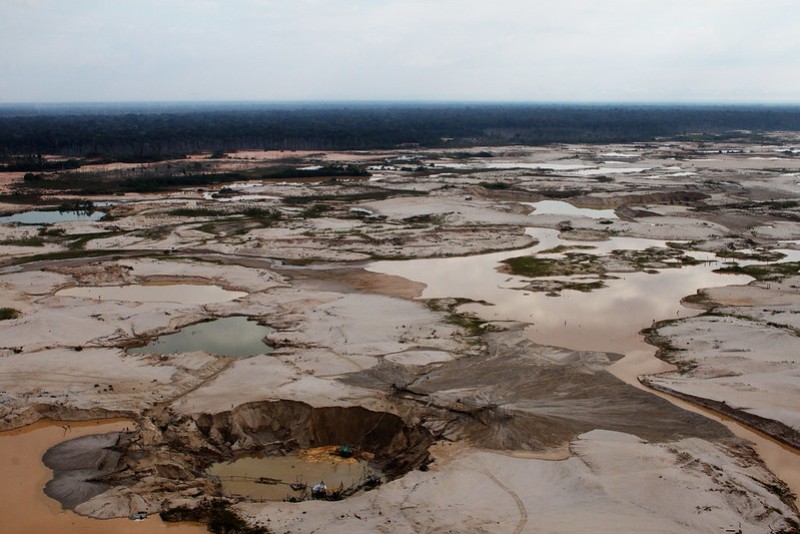Bolivia is the second largest importer of mercury in the world. Since 2015, this South American country has been the main importer of the substance from Mexico, the news release states.
Authorities in Bolivia said that nearly 27 percent of all mercury it imports goes to illegal mining operations.
The chemical is widely used by miners as a quick way to separate gold from other metals and sediment. A number of countries have banned its import, as mercury can poison rivers crucial to the survival of local communities.
OjoPúblico found that a group of importers in Bolivia with ties to Peru are behind the import of mercury from Mexico, nearly doubling the amounts imported between 2017 and 2021.
In 2016, both Peru and Bolivia ratified the Minamata Convention, a global treaty that seeks to curb the use of mercury following multiple deaths and serious illnesses among people near Minamata, Japan, who had consumed fish and shellfish contaminated by mercury.
The following year Peru banned the import of the chemical in most cases, allowing rare exceptions if those using it guarantee it will be managed safely. Bolivia has not banned it.
Despite the convention, mercury trade among exporting nations “continues without control” and imports of mercury by Bolivia began to increase, according to the news release.
Mercury that arrives in Bolivia finds its way to Peru or other neighboring countries through smuggling networks which are also exploited by other criminal groups. Investigators spotted small river boats traveling a cross-border river between Peru and Bolivia without any inspection.
“Cargoes are unloaded on shore and then loaded onto trucks bound for cities located in the Peruvian highlands or in the Amazonian region of Madre de Dios, the epicenter of Peruvian illegal mining,” the release said.
Authorities in Peru said they have seized nearly five tonnes of mercury in Madre de Dios in the last seven years. About 50 percent of the total seized since 2015 was in Madre de Dios and in Puno, a Peruvian highland city.
Environmental prosecutors in Peru said some people illegally transport the mercury across the Desaguadero River in backpacks or concealed in luggage.
A report released in 2018 by the Artisanal Gold Council revealed that between 410 and 795 tonnes of this illegal mercury flows through Bolivia to Peru each year.
In Bolivia, mercury is traded without major restrictions. Shopkeepers interviewed by OjoPúblico said that their main consumers are local or Peruvian miners.
Martín Arana Cardó, a forest engineer, believes that “if mercury is to be controlled,” law enforcement must trace the long chain of gold production from its extraction to its export abroad and its final sale, setting certification standards demanded by the formal market.
This would make life more difficult for illegal miners, who are accustomed to sell or mix legal and illegal gold en route to the market.



